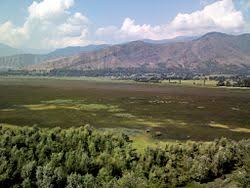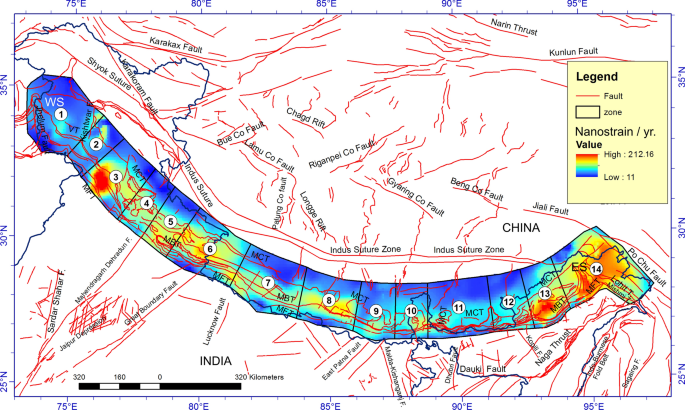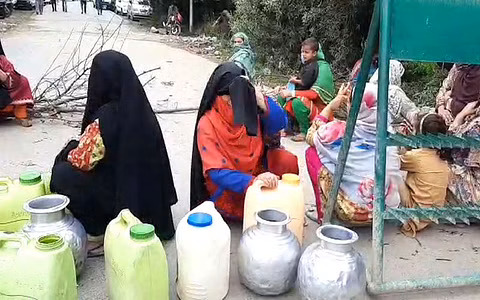Wular, Asia’s largest fresh water lake, has been witnessing degradation due to decline in water level, fish, water chestnuts and ‘nadroo’ (lotus stem). It is endangering its life and adversely affecting the economy of over 3.52 lakh people.
The 130-sq km lake, designated as a Wetland of International Importance in 1986 and as a Ramsar Site in 1990, falls in Bandipora and Baramulla districts. The growth of over 21.84 lakh trees in its vast expanse in the foothills of Harmukh has transformed its shape.
Earlier, the state government had envisaged a Rs 386-crore project to restore its pristine glory. Of this, the Centre had agreed to provide Rs 120 crore for four years for restoration work being carried out by the Wular Conservation and Management Authority (WUCMA), which started in 2012. An amount of Rs 60 crore was spent for four years up till March 2016. The government envisaged another Rs 400-crore project in December last year, which awaits the availability of funds.
The WUCMA is headless for the past two years.
Integrate action plan
“Under its Rs 400-crore integrated action plan, the government plans to focus on enhancing the water holding capacity of the lake,” says the Chief Executive Director, WUCMA.
The plan includes dredging of all critically silted plantation areas and feeder channels. Second, the existing embankment will be strengthened up to 34 km to be developed into Wular boulevard from Banyari to Ningli (Sopore), having 350-ft width, for the promotion of ecotourism. Irfan Rasool Wani, coordinator, Water Management of WUCMA, says the Centre has approved Rs 60 for the purpose.
The restoration plan also includes increasing its water holding capacity by excavation in all kinds of soils and mechanical dredging over 5 sq km out of the total 27.72-sq km silted area.
Cutting down or coppicing and grubbing of 21.84 lakh willows and other trees in the demarcated area are major challenges before the government.
“Nearly 21.84 lakh willow trees in the lake area need to be axed, which were being planted since in 1957 by various government departments in the marshy land. It has been the main cause of drying up of the lake area,” says Tariq Ahmad Wani, block forest officer, WUCMA.
Dredging has been done in the Saderkote Payeen area spread on 2 sq km, which has helped the local population get fish and other produce.
Another major challenge, according to the officials, is water discharge from the Kishanganga hydel power project, which is to be flown through the Madhumati nullah.
Rs 386-crore restoration project
The state government had envisaged a Rs 386-crore project to restore pristine glory of the lake
Of this, the Centre had agreed to provide Rs 120 crore for four years for restoration work being carried out by the Wular Conservation and Management Authority, which started in 2012
An amount of Rs 60 crore was spent for four years up till March 2016
The government envisaged another Rs 400-crore project in December last year, which awaits the availability of funds
Wullar !!!! Water Level drops, lake’s future in jeopardy






